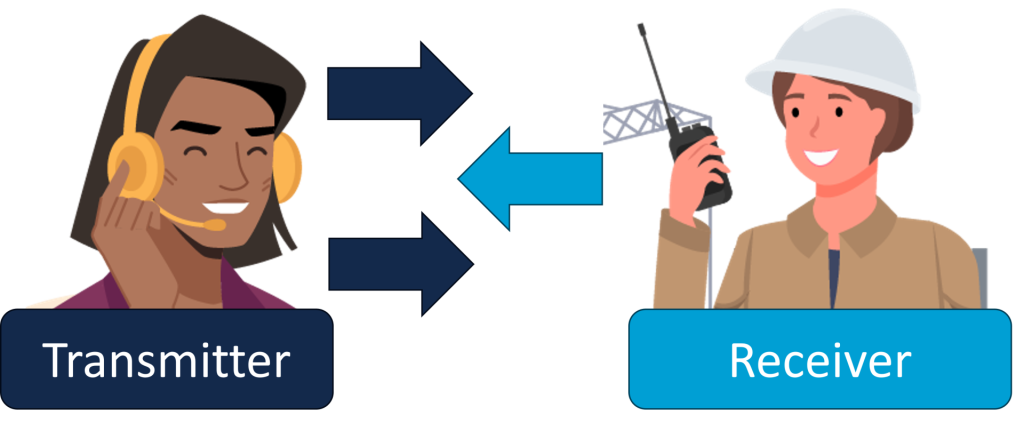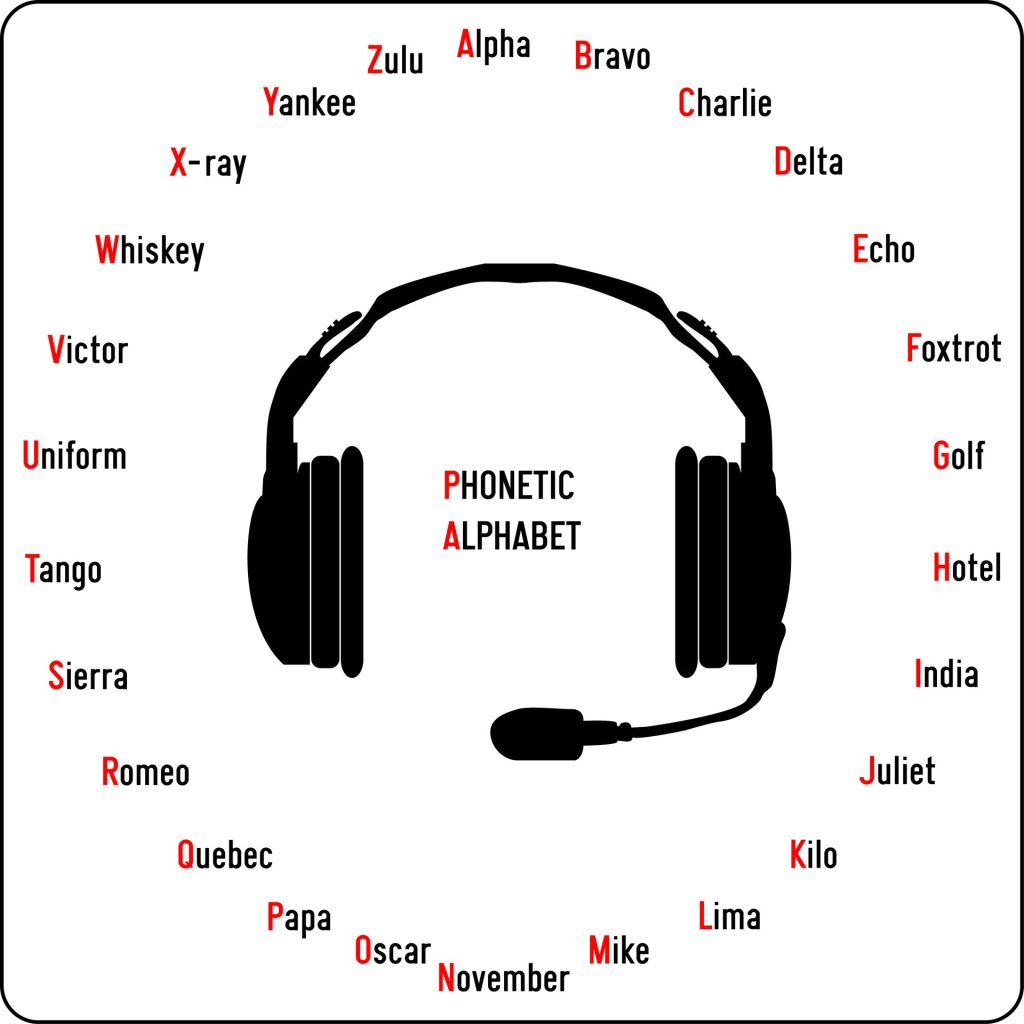

The goal of effective communication is mutual understanding between two or more people. While communication is a simple idea, poor communication is often a contributing factor to workplace incidents. 3-part communication, or “repeat back” communication, is a system designed to ensure the clear and concise transmission of information.
The above graphic illustrates 3-part communication. The transmitter delivers a message to the receiver. The receiver repeats the message back to the transmitter. If the feedback from the receiver is correct, the transmitter confirms, and the receiver executes the task. If the input is wrong, the transmitter stops the receiver and restarts the communication process.
The military, aviation, general industry, and other organizations recognize the value of 3-part communication. The North American Electric Reliability Corporation (NERC) wrote a white paper on communication in response to a 2003 Blackout Report (NERC Communications White Paper). The paper identifies 3-part communication as the required protocol when operating the Bulk Electric System (BES) and associated facilities.
3-part communication is a proven method of error prevention. Yet, facilities that would benefit from the process fail to require 3-part communication. Failing to address communication sets a dangerous precedent. Informal communication becomes normal. In day-to-day operations, this increases the chance of improper equipment operation. During abnormal conditions or an emergency, ineffective communication can cause the issue to “snowball,” worsening a dangerous situation.

Even with 3-part communication, problems still occur. In the above figure, the transmitter believes there is a fire in the plant because the receiver used the slang term “fired up.” Listed below are practices that will improve this type of communication:

At the root of 3-part communication is human error prevention. Human error causes 90% of industrial accidents. While that is an alarmingly high number, the good news is taking measures to minimize human error will reduce the risk of an accident at your facility. 3-part communication is part of a larger concept, Human Performance Improvement.
The critical part of this communication process is the repeat back of the original message, followed by confirmation or rejection of the repeat back. Using a typical communication style, a misinterpretation of the original message will lead to an undesired action. In facilities with hazardous energy and complex machines, this is unacceptable. Requiring a repeat back and subsequent confirmation reduces the likelihood of miscommunication.
The US Navy uses Watchstanding Principles to formalize communication and continually improve human error prevention. Many industries have adopted these principles to improve safety and operational efficiency. It is not easy to implement a new communication procedure, as human nature resists change. However, the benefits of 3-part communication are undeniable. Contact FCS today to learn more about our training programs and resources.
NERC. (May 2012). Operating communications protocols white paper. NERC. https://www.nerc.com/pa/Stand/Project%20200702%20Operating%20Personnel%20Communications/COM-003-1_White_Paper_May%202012.pdf